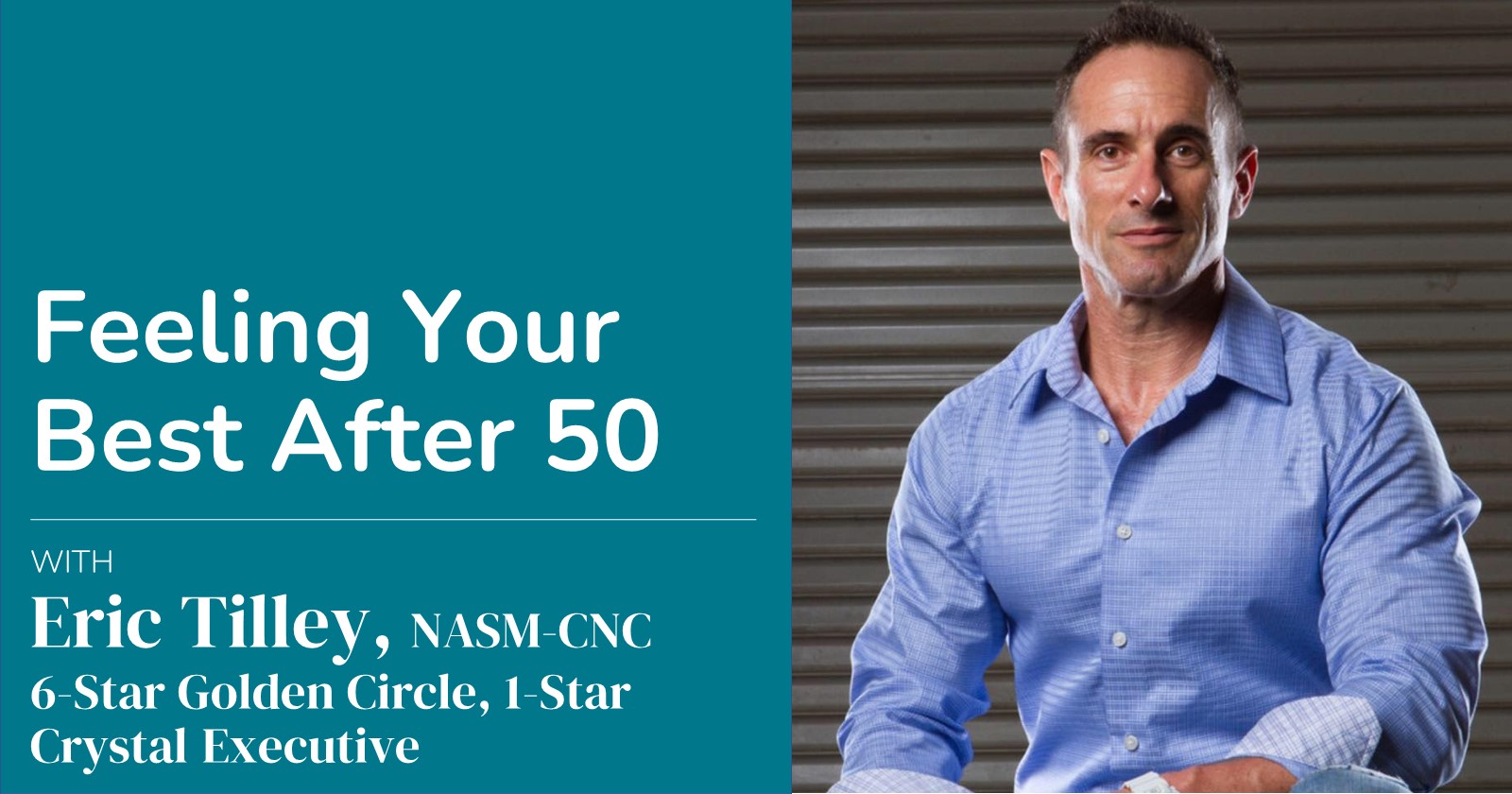As far as workouts are concerned, it’s better to train your entire core rather than just your rectus abdominis, or your “six-pack.” Your core area includes exterior and deep interior muscles that wrap around your sides and travel up and down your back. These muscles not only help you look good, but help keep your posture upright and injury-free.
Your rectus abdominis is made up of parallel muscle strands that run vertically on each side of your stomach. The external and internal oblique muscles pull the chest downwards and compress the abdominal cavity. The transverse abdominis muscles that are beneath the oblique muscles help to compress the ribs and provide stability. Finally, the erector spinae runs on either side down your spine to stabilize and protect your back.
To effectively train the core, you need to target all of the above muscles using the most impactful exercises. With this in mind, two exercise scientists have recommended a set of core exercises that provide the most muscle activation for development (1).
To target the upper abs, use:
- Crunch, arms extended
- Twisted crunch, hands behind head
To target the lower abs, use:
- Hanging leg raises
- Bicycle crunch
To target the oblique muscles, use:
- Side bends
- Side plank
To target the erector spinae (lower back muscles), use:
- Squat
- Deadlift
- Hyperextensions
Don’t worry if you didn’t see your favorite exercise on that list. Ab training is not about simply doing, but rather about feeling the movement. If you are performing a certain movement and you feel it working your muscles, it’s OK to continue as you are. The aforementioned study was based on muscle activation data only. If you feel any muscle contracting while you’re exercising, chances are you are activating it.
Remember, you shouldn’t try to isolate one muscle. Your body likes working as a unit. The data the researchers found suggests that even in the case of the rectus abdominis and the external and internal oblique muscles, true isolation is impossible.
Every time you do any type of core exercise, all the muscles will be working to some extent. You don’t need to devote an hour to training your core. For most, three to six exercises are more than enough to engage all your muscles.
Another important piece of information to remember when you’re training your core is that exercise intensity matters. Do you need to do high-repetition training for abs? No, that’s a myth. Start with simple exercises to build your strength and focus on contracting your muscles, not simply how many reps you performed. There’s no need to go past 20 or 30 reps on any one set. If the exercise becomes too easy, change the position of your arms, add weight, decrease rest periods, or switch to more advanced exercises.
Your abs are no different from any other muscle group. You just need to feel the contraction to know they’re working. Keep in mind that you should be getting at least 48 hours of rest between your next ab workouts to prevent overtraining.
We’ve put together a few routines to help you get started:
Workout A
I. Crunches: 3 sets of 20 to 30 reps
You can vary arm and hand position or add weight. Make sure you hold at the peak of contraction to flex your abdominals.
II. Leg raises: 3 sets of 15 to 25 reps
Point your toes to the floor and bring your legs up slowly while contracting your abs. Think about bringing your belly button in towards your spine. Lower your leg slowly to prevent any swinging.
III. Light dumbbell deadlift: 2 sets of 10 to 12 controlled reps
Keep your chest up and hips back to ensure good posture. Never let your back slump over. Use a slow controlled motion and don’t go too heavy—we want to activate, not annihilate.
Workout B
I. Kneeling cable crunch: 3 sets of 12 to 15 reps
Add weight whenever possible, while maintaining good form. Make sure to arch your back at the top to the stretch the abdominals, then contract forming the shape of a “C” as you come down.
II. Side plank: 3 sets held for time
Start at 30 seconds and slowly increase your time. Make sure to keep breathing consistently.
III. Hyperextensions: 3 sets of 12 to 20 reps
You can add weight if necessary, but remember to not over-extend your lower back. At the top of contraction, your shoulders should be in line with your hips and no further. Hold for one second at the top for complete control.
No matter how much exercise you do, you won’t be able to see your abdominal muscles if they’re covered by body fat. The key to visible abs has everything to do with proper nutrition.
Reference
- Boeckh-Behrens WU & Buskies W. Fitness Strength Training: The best exercises and methods for Sport and Health. Reinbek: Rowohlt, 2000.





